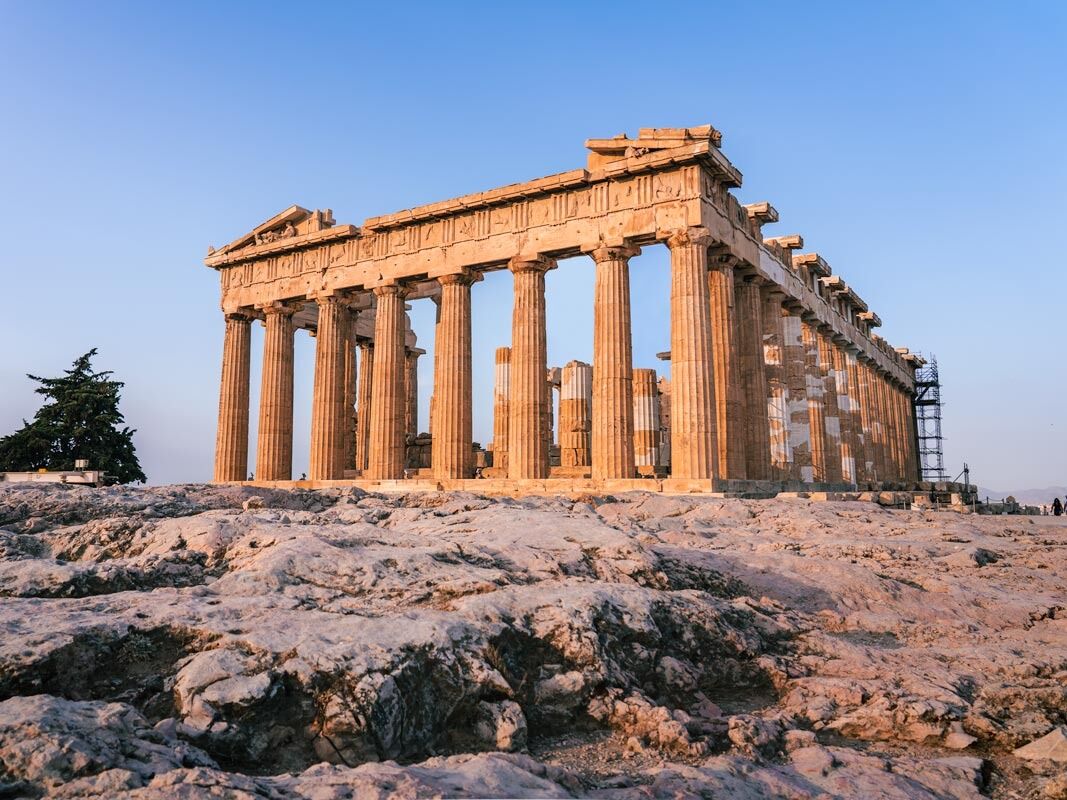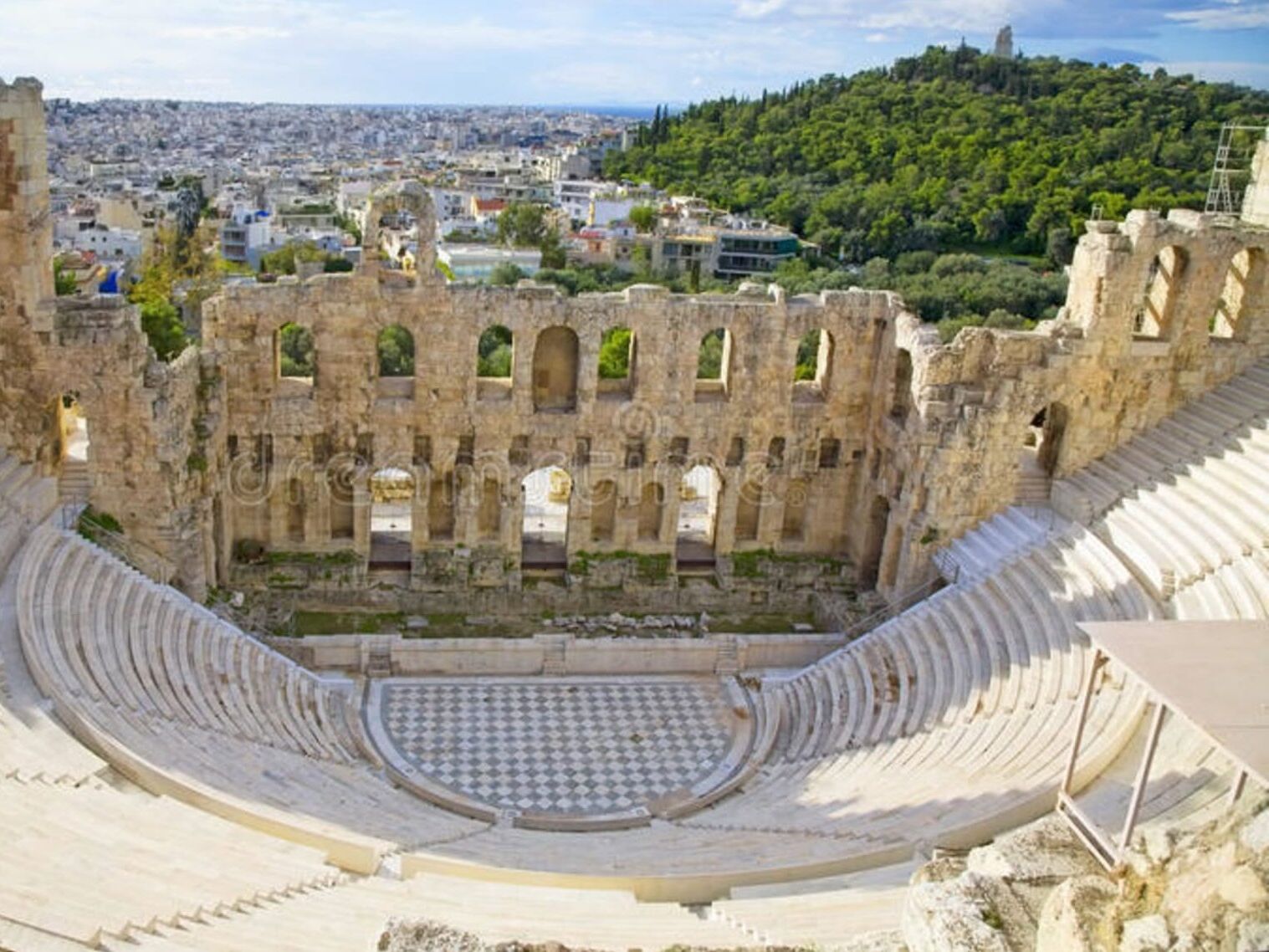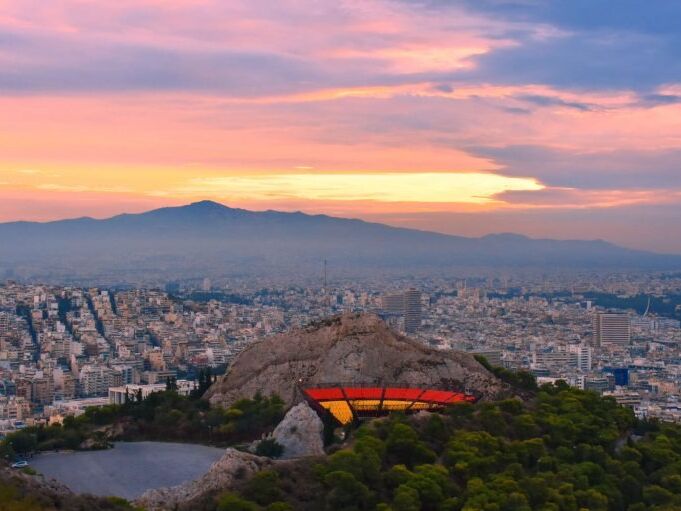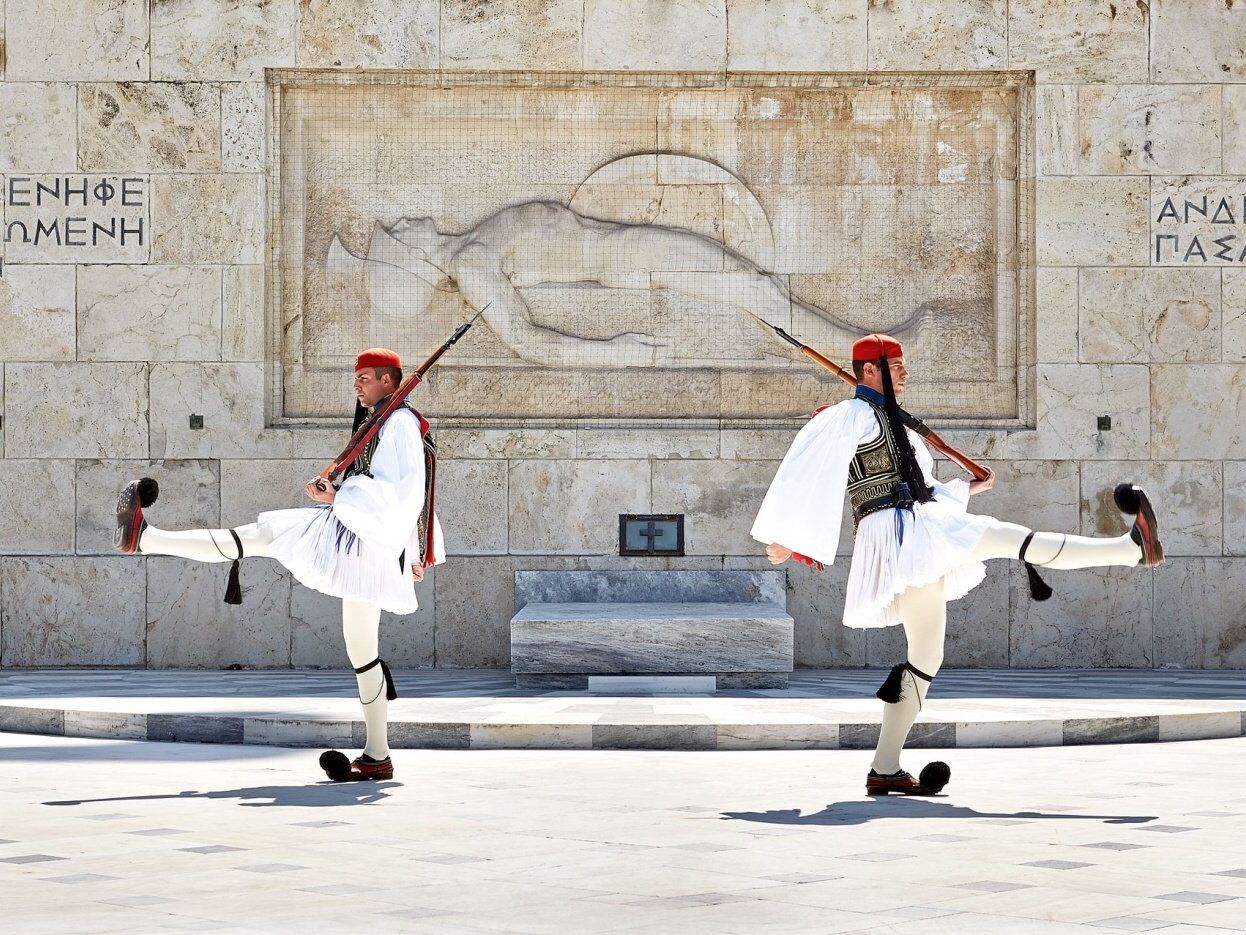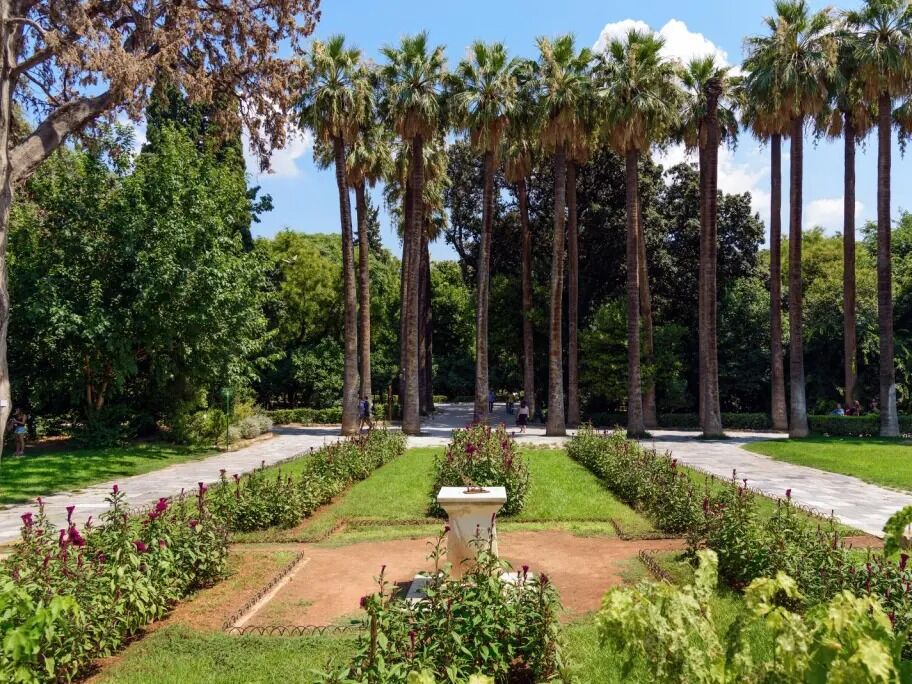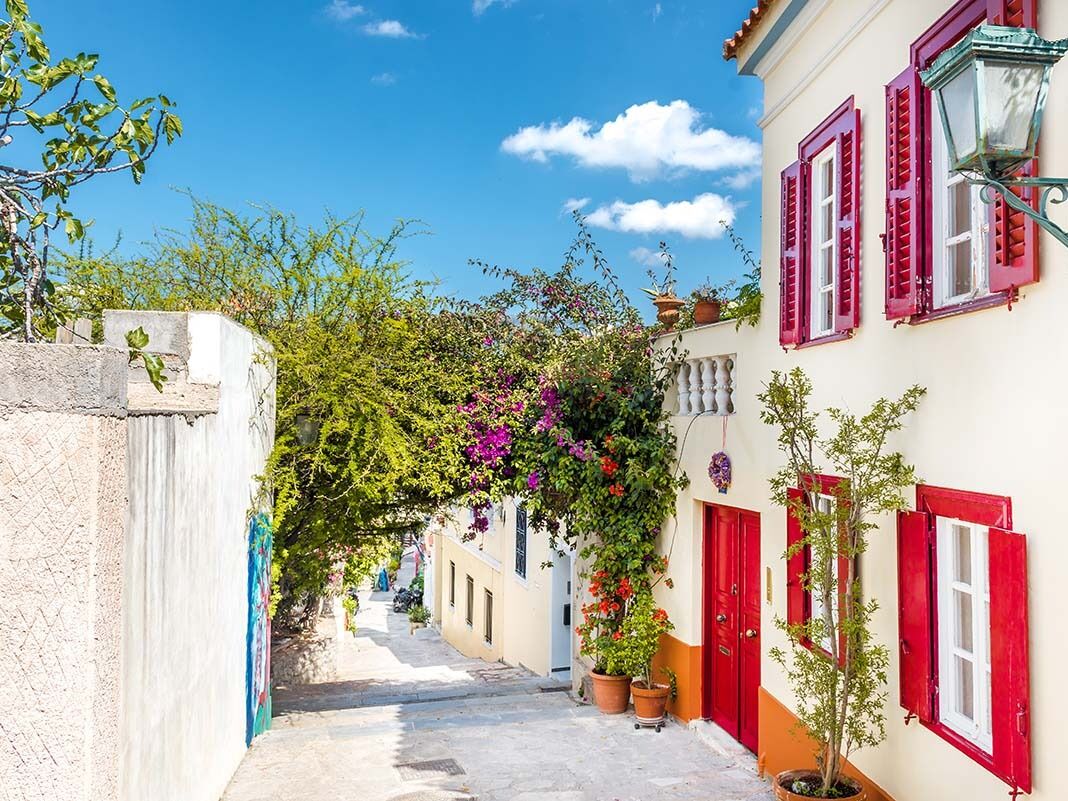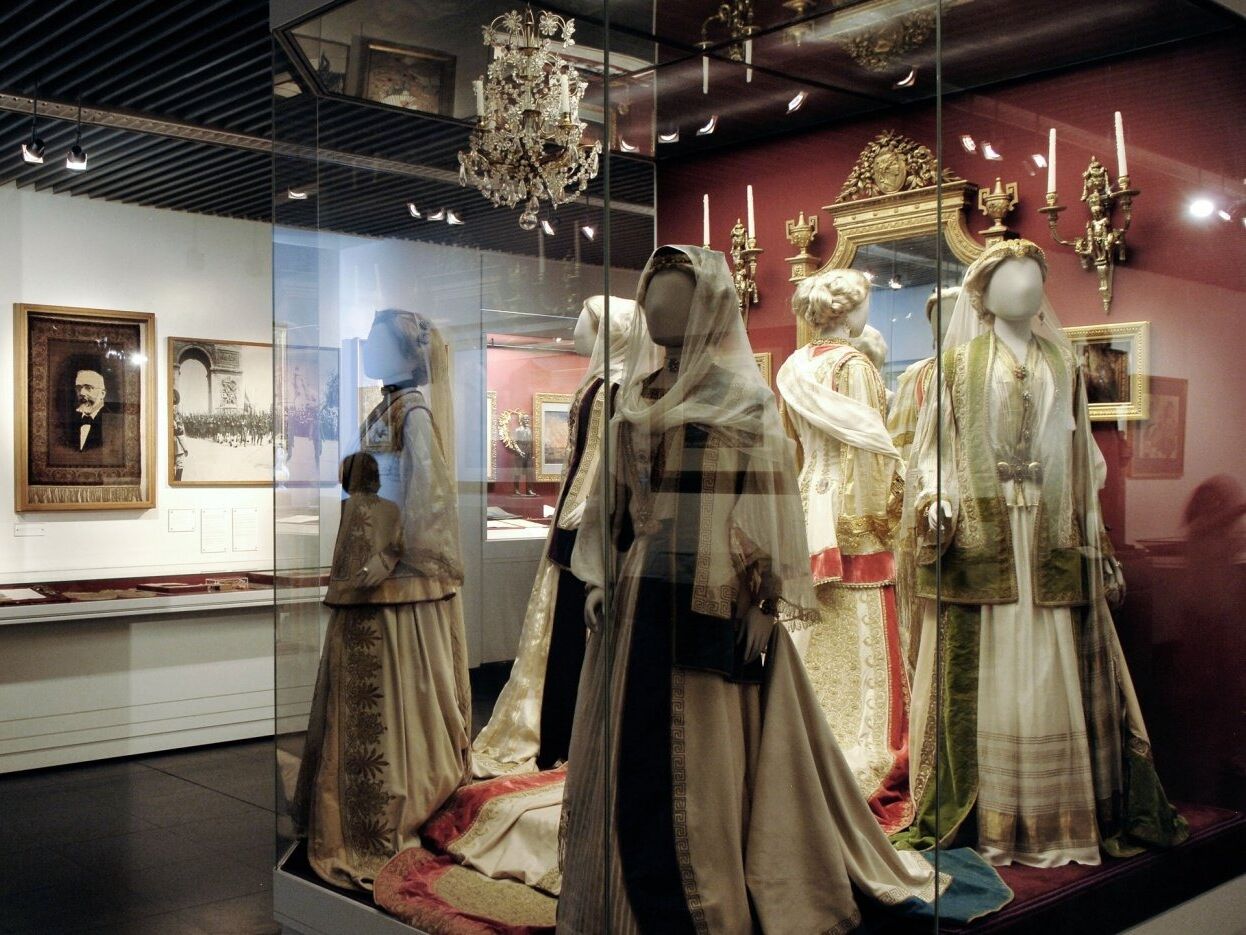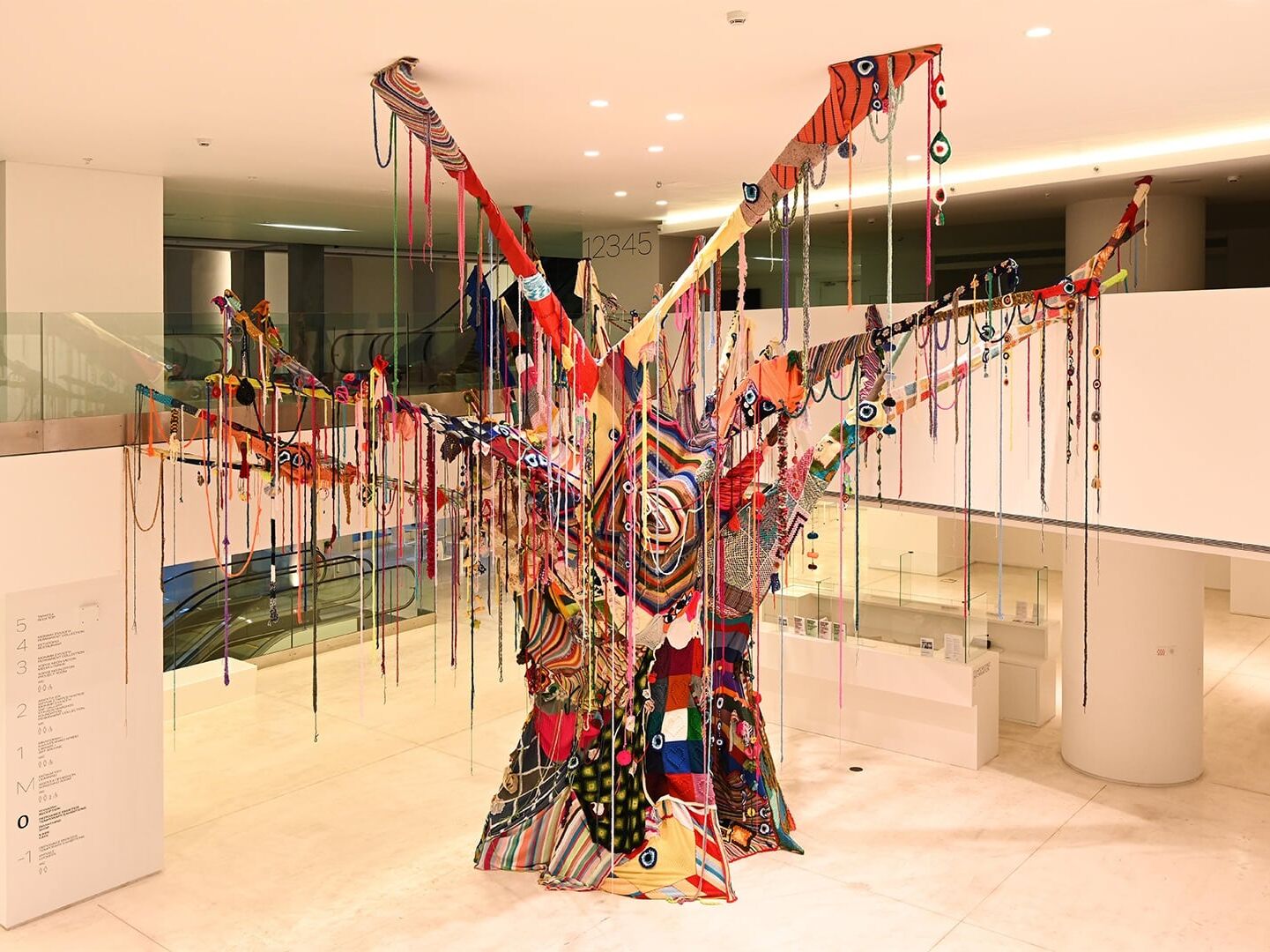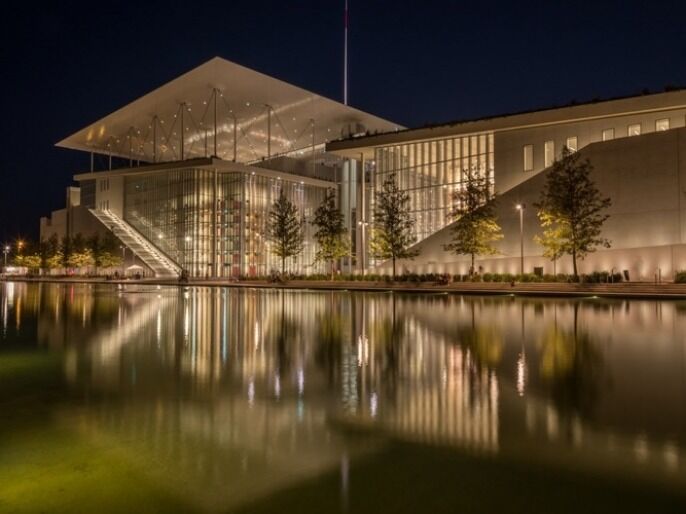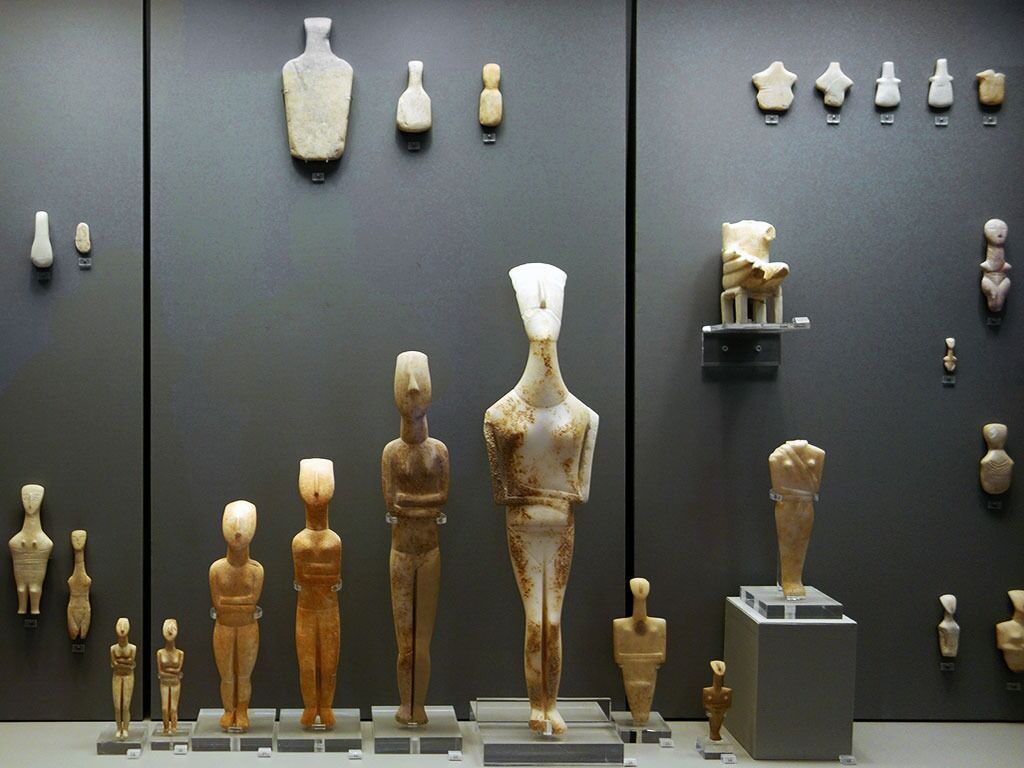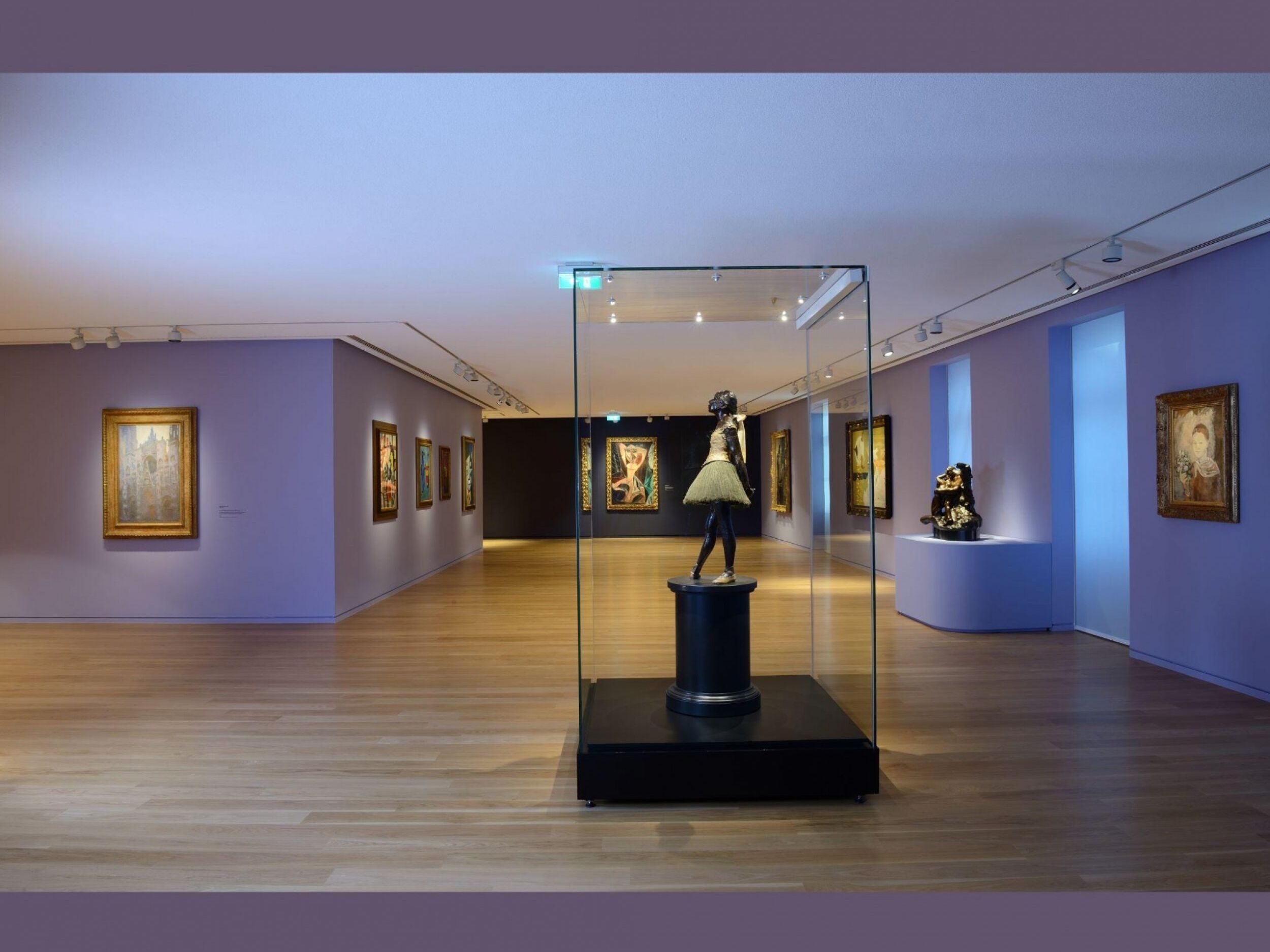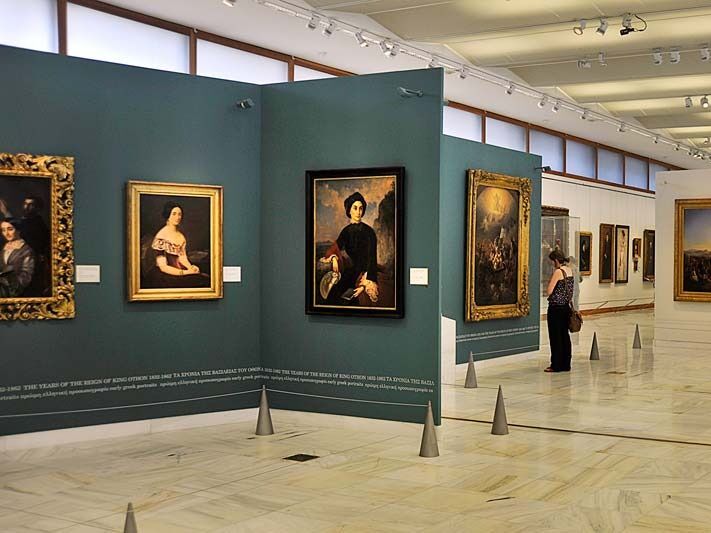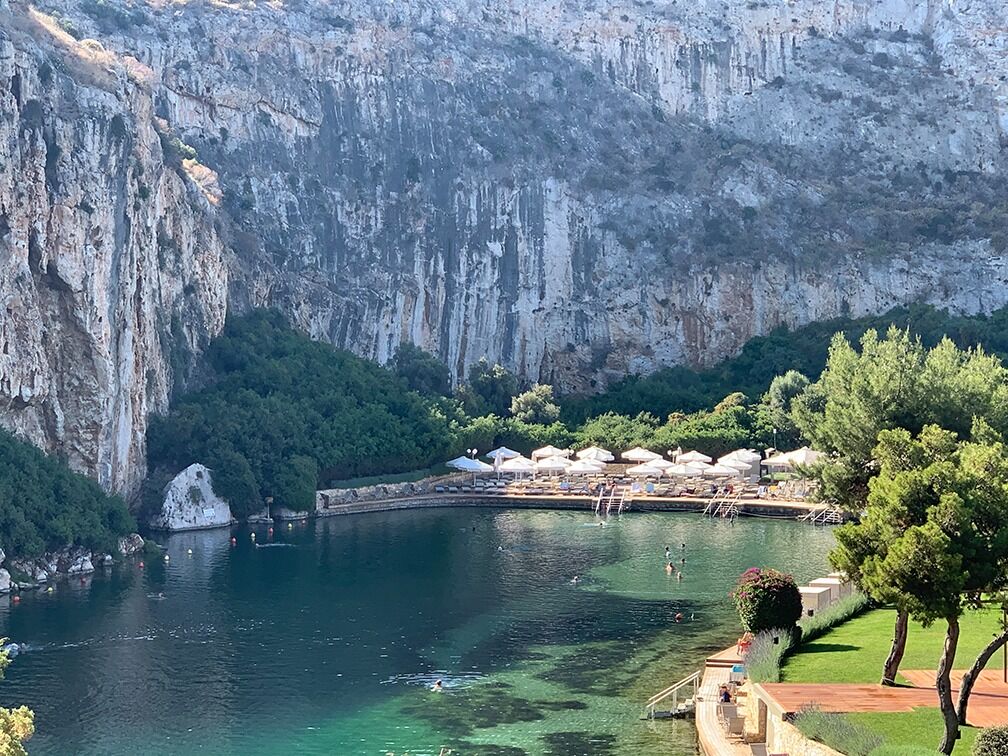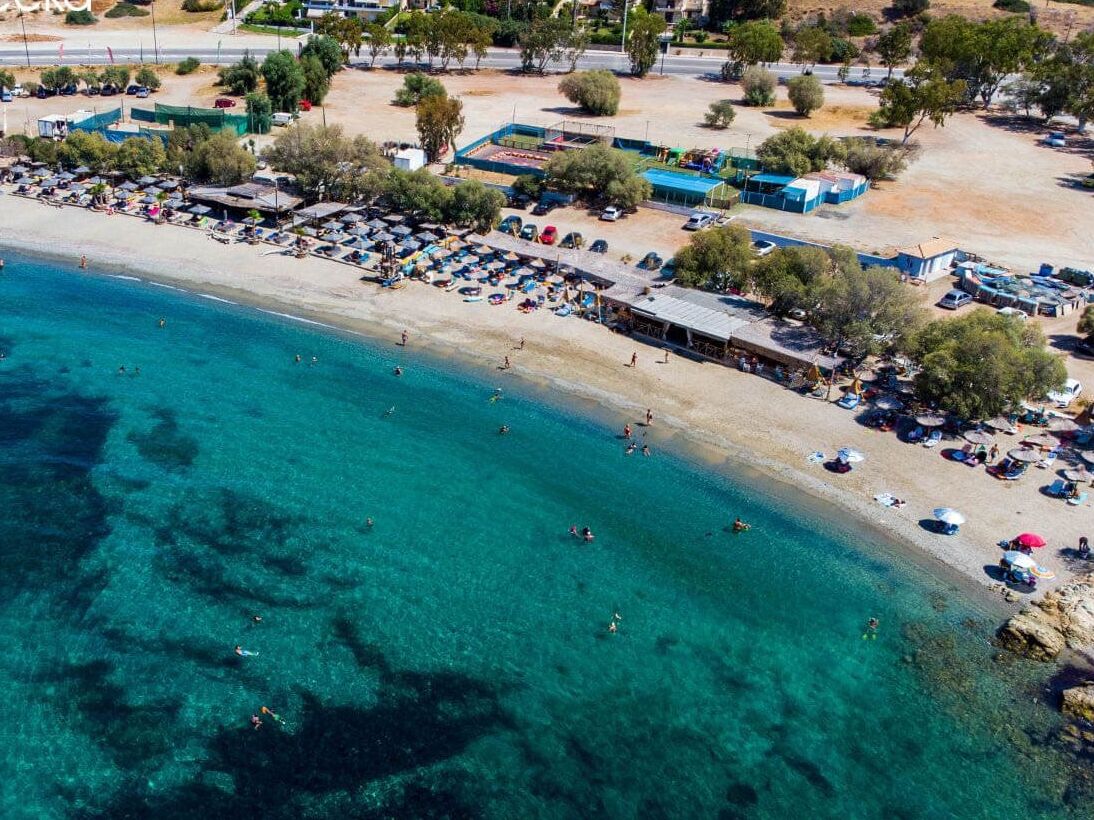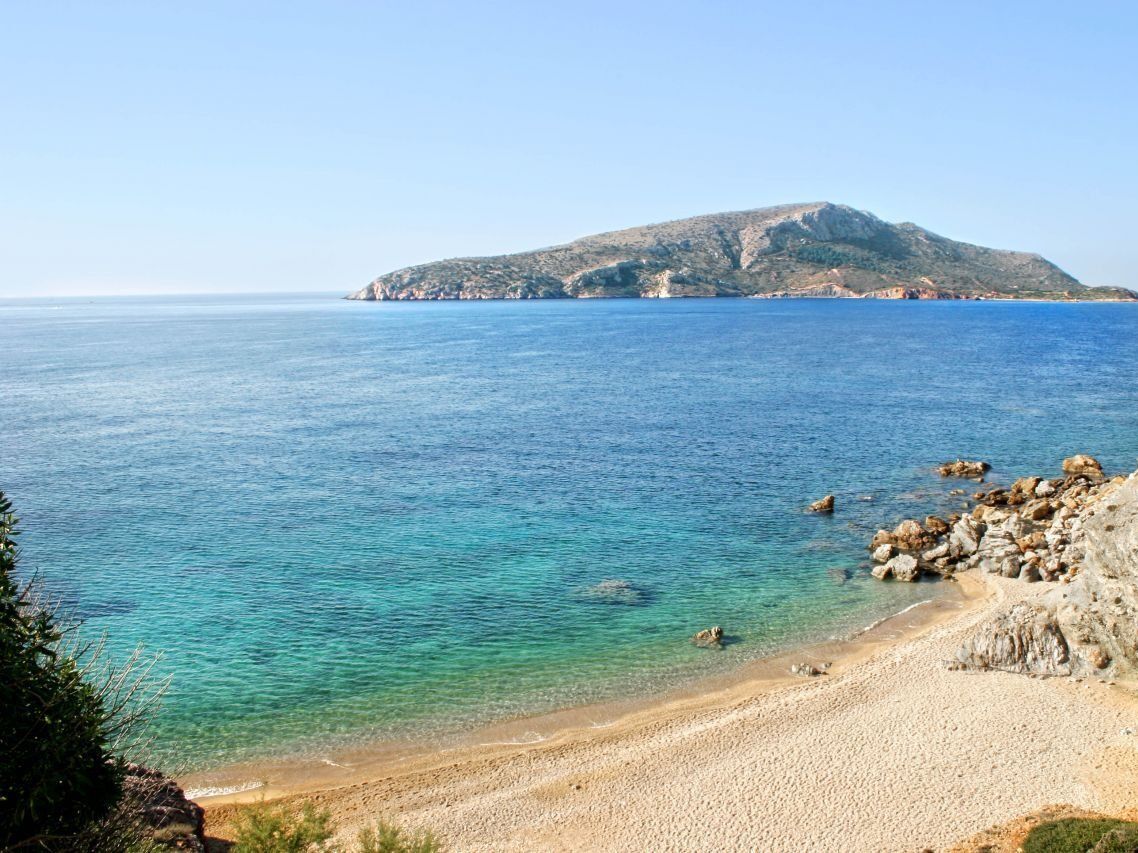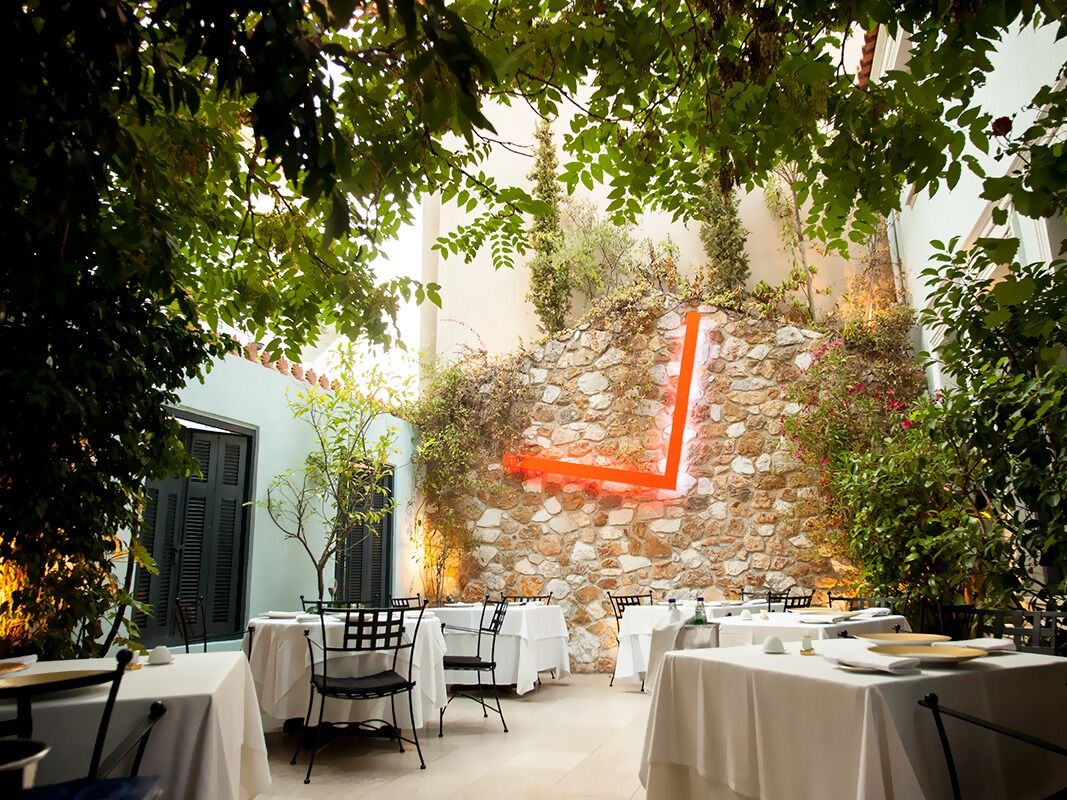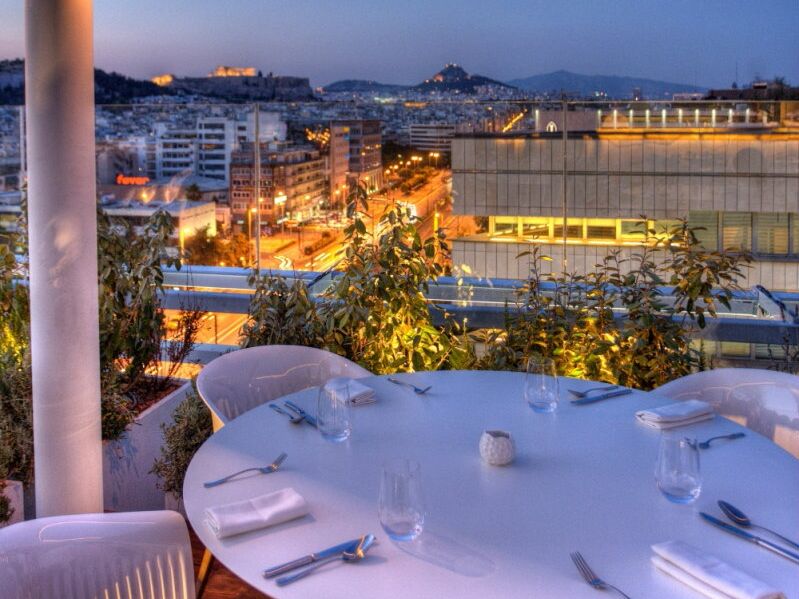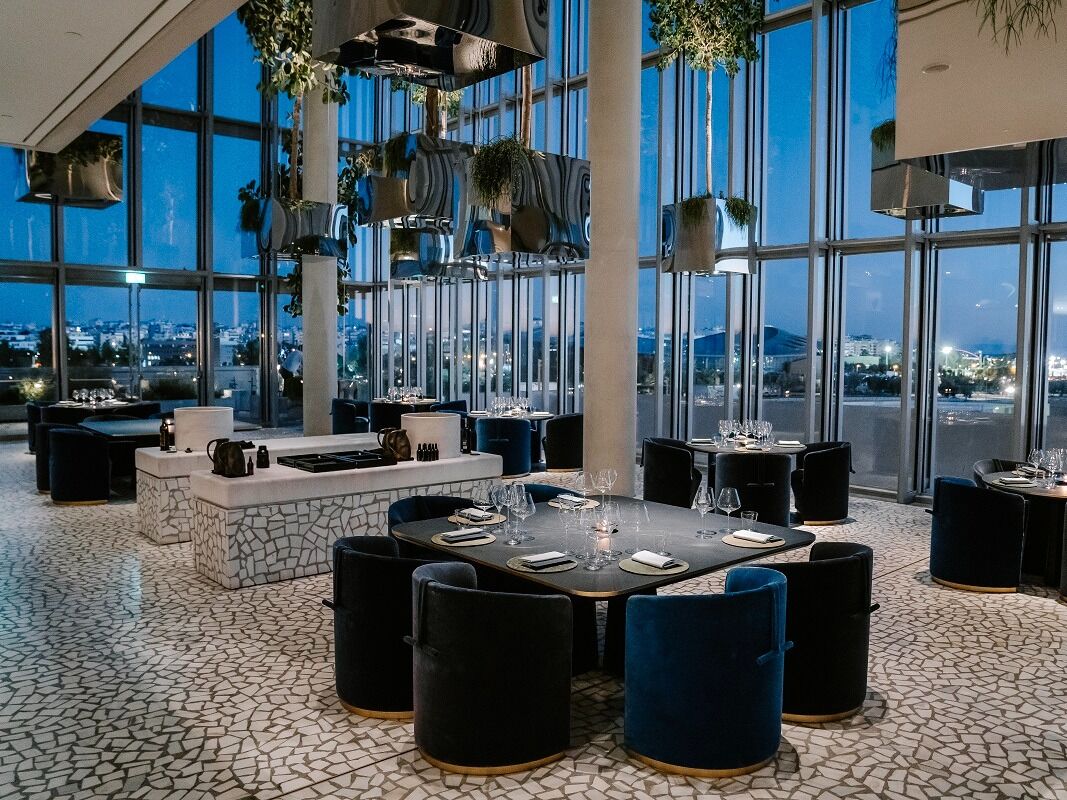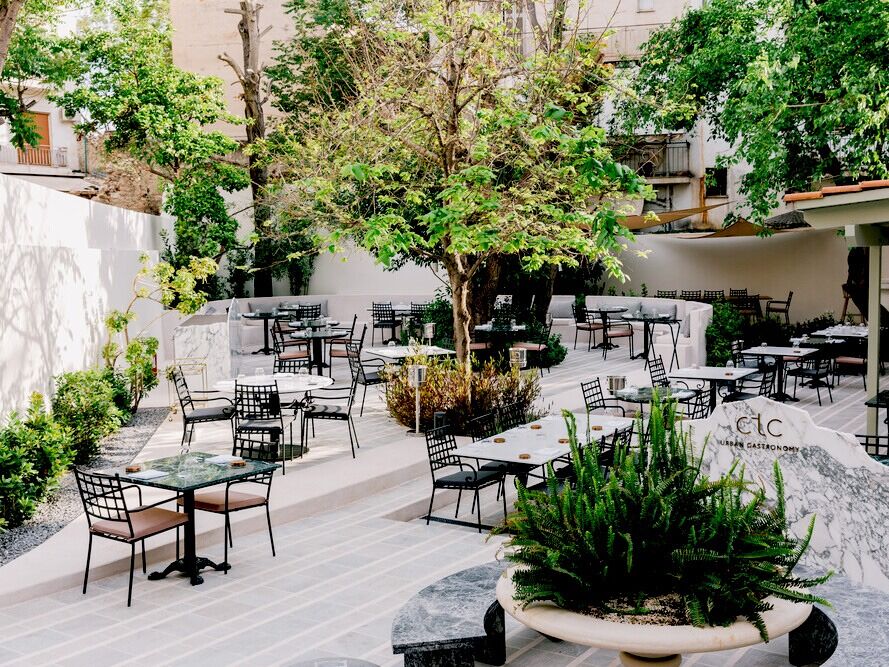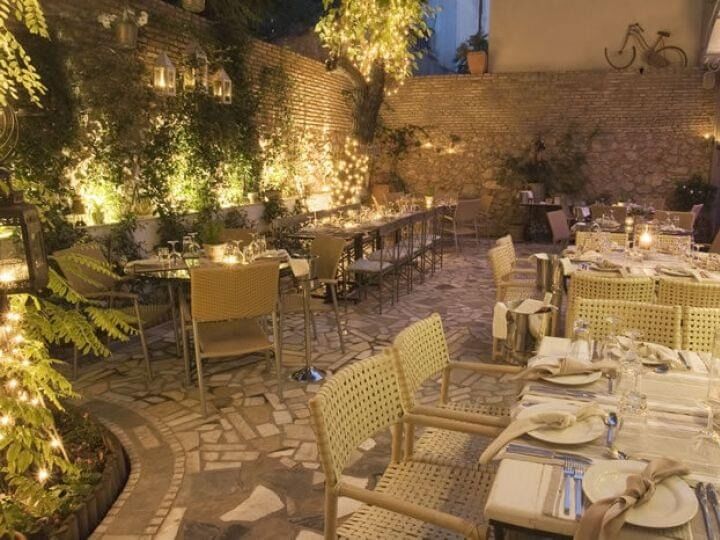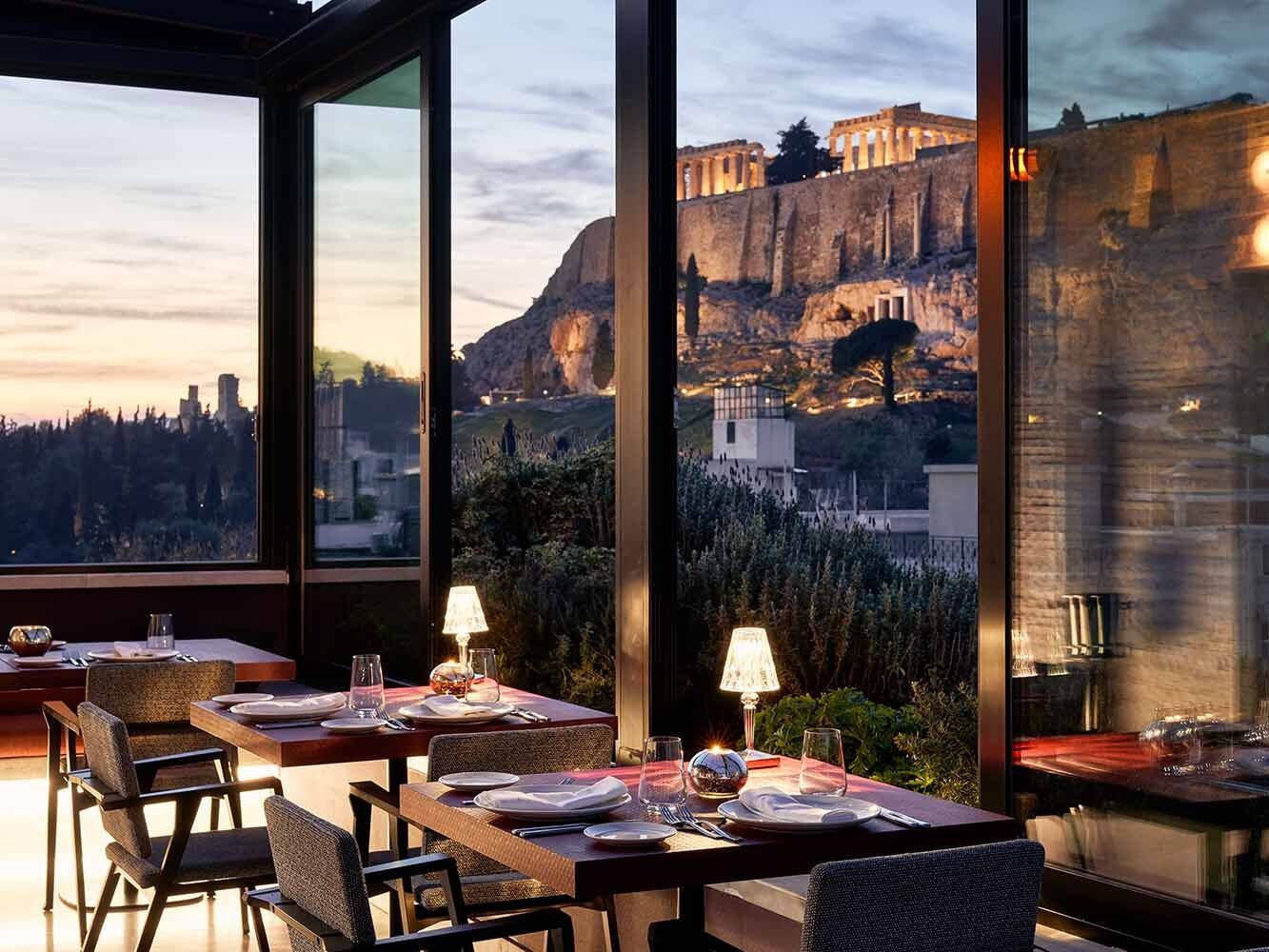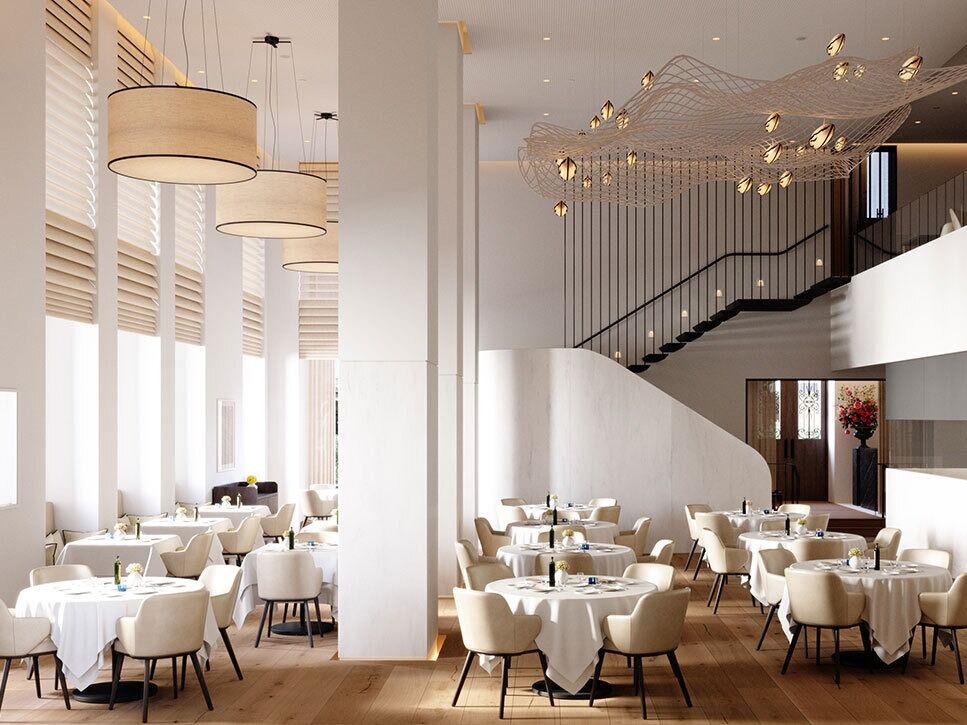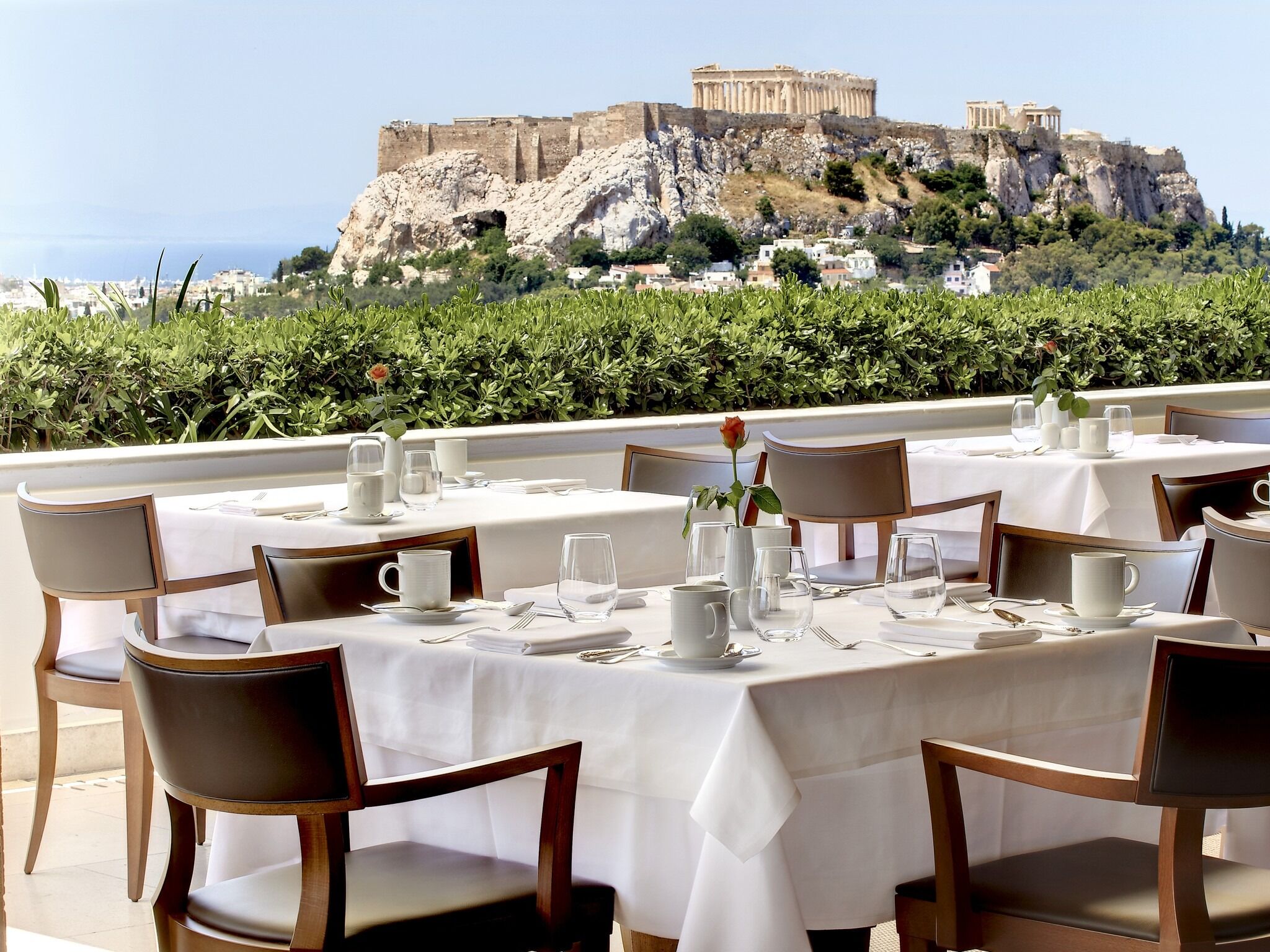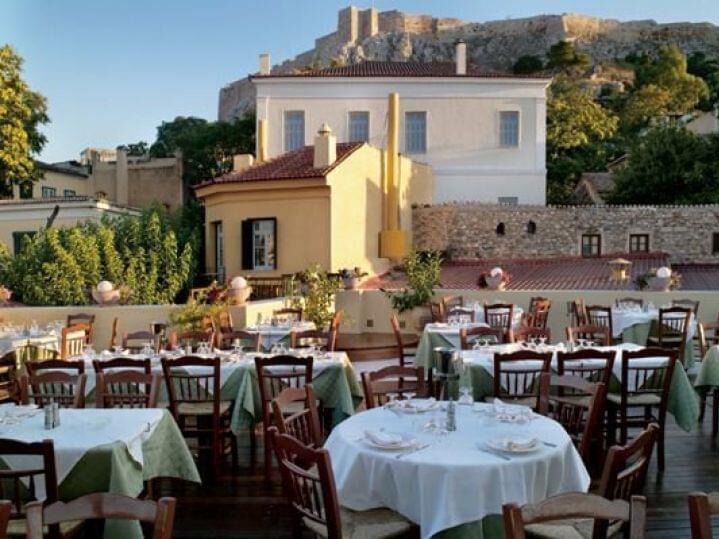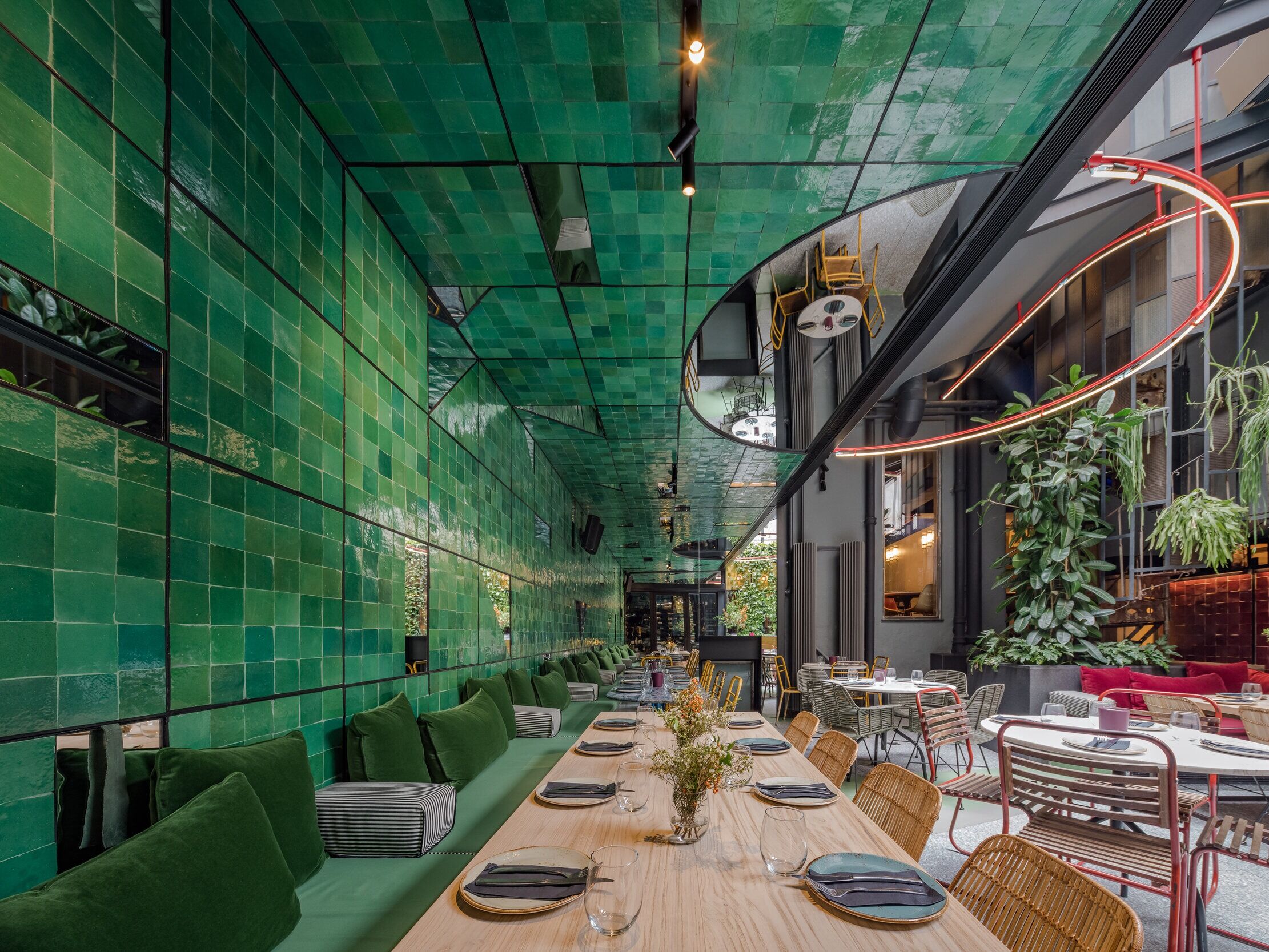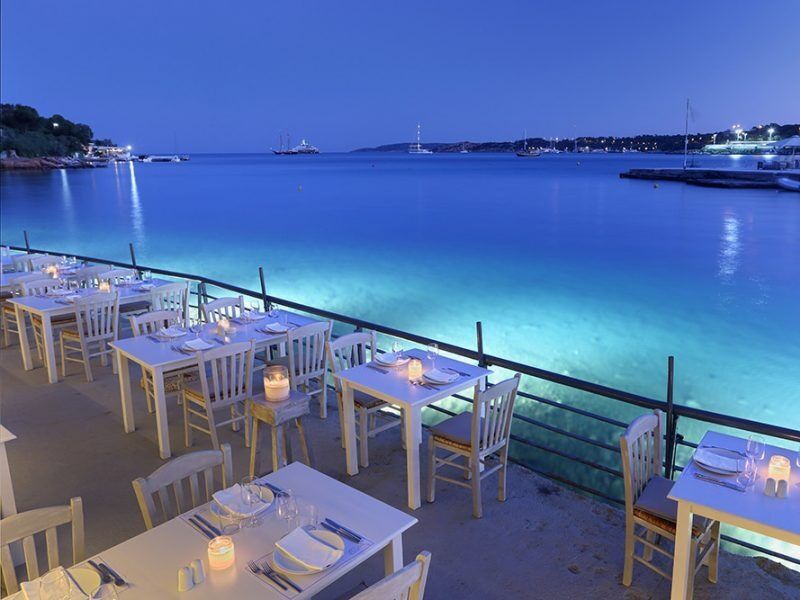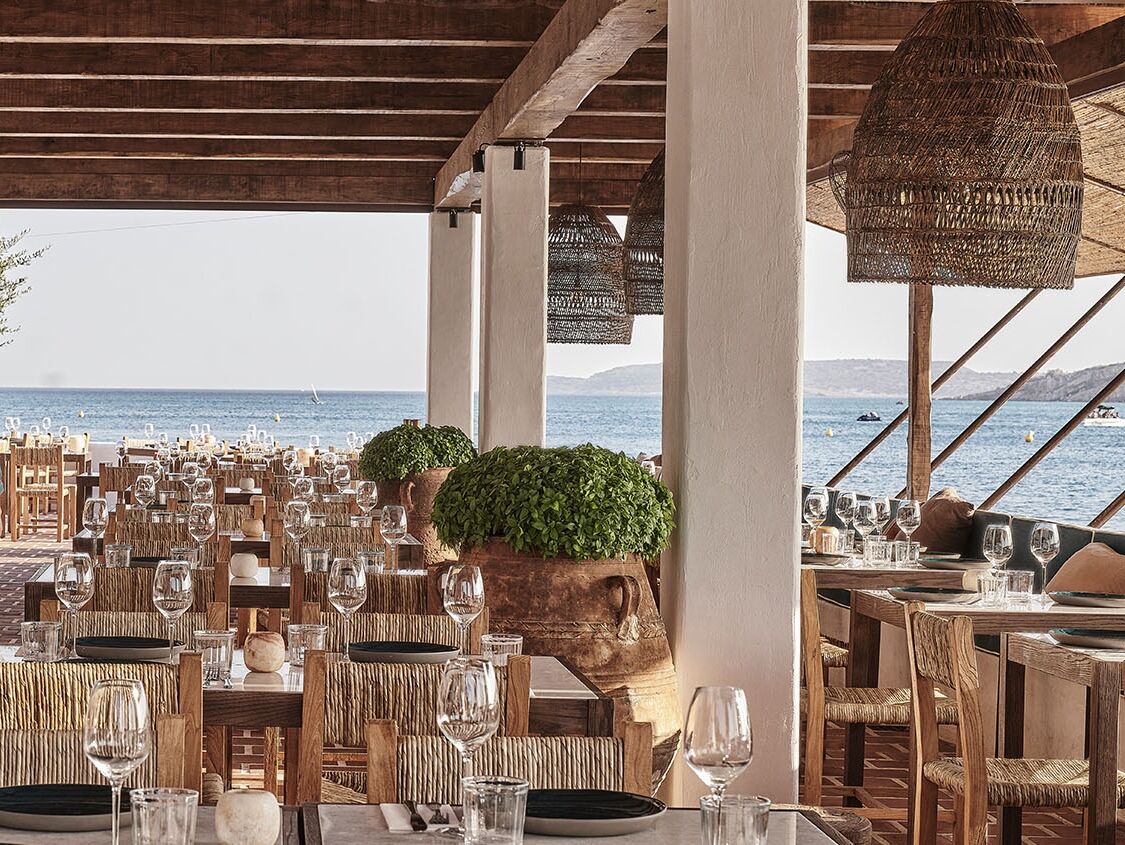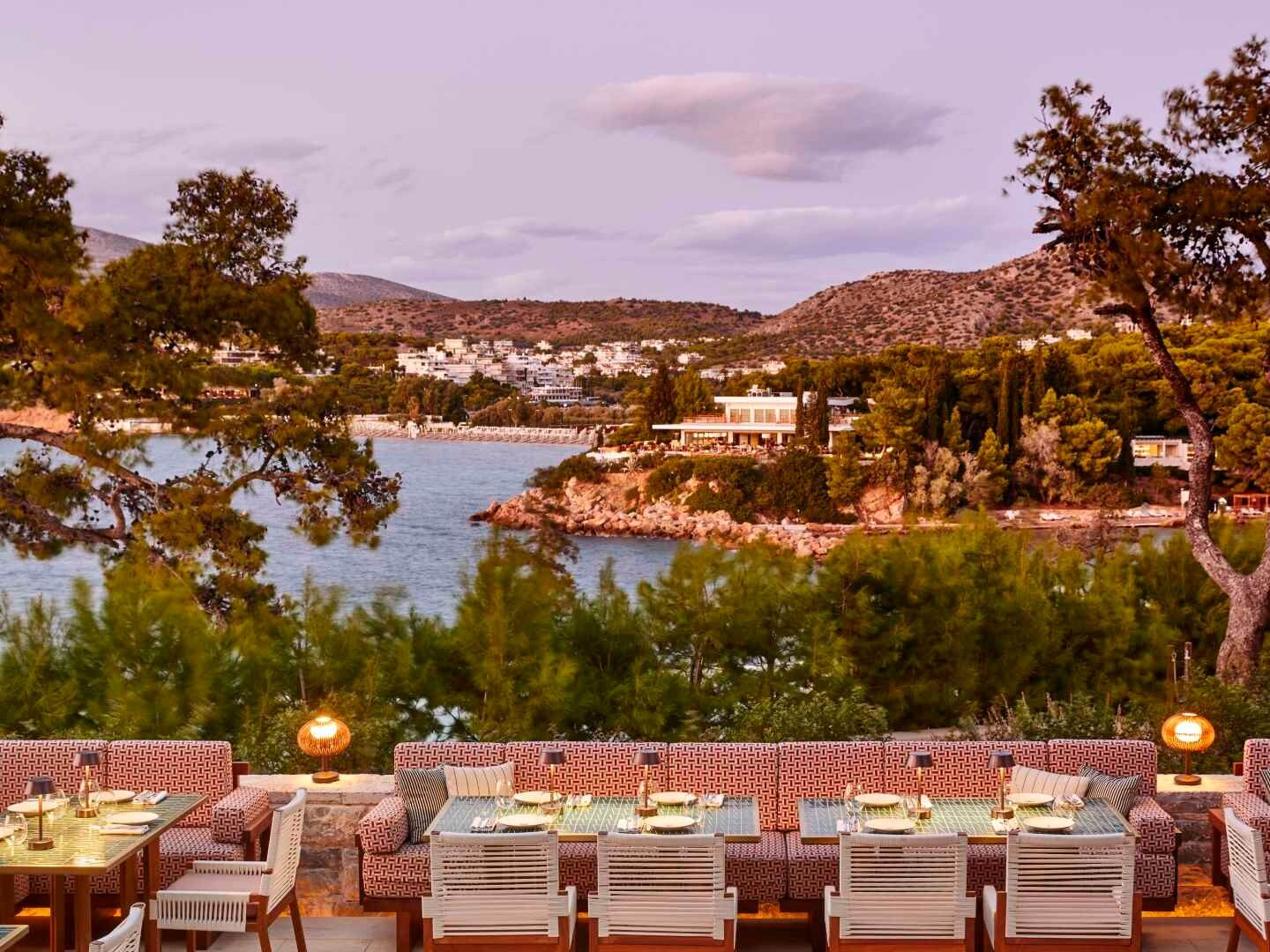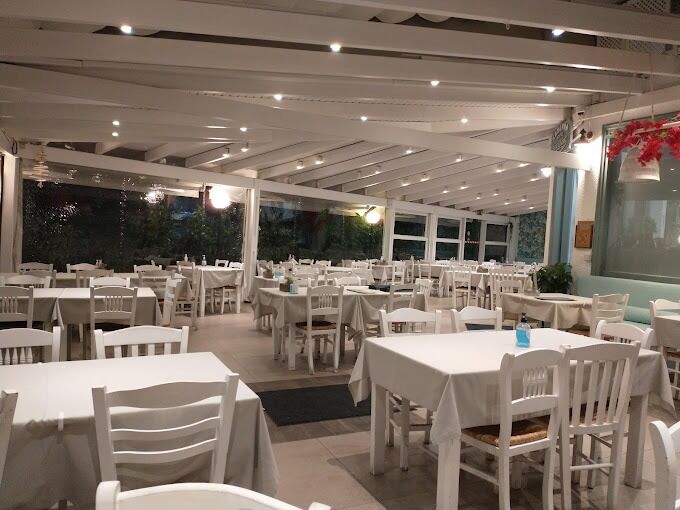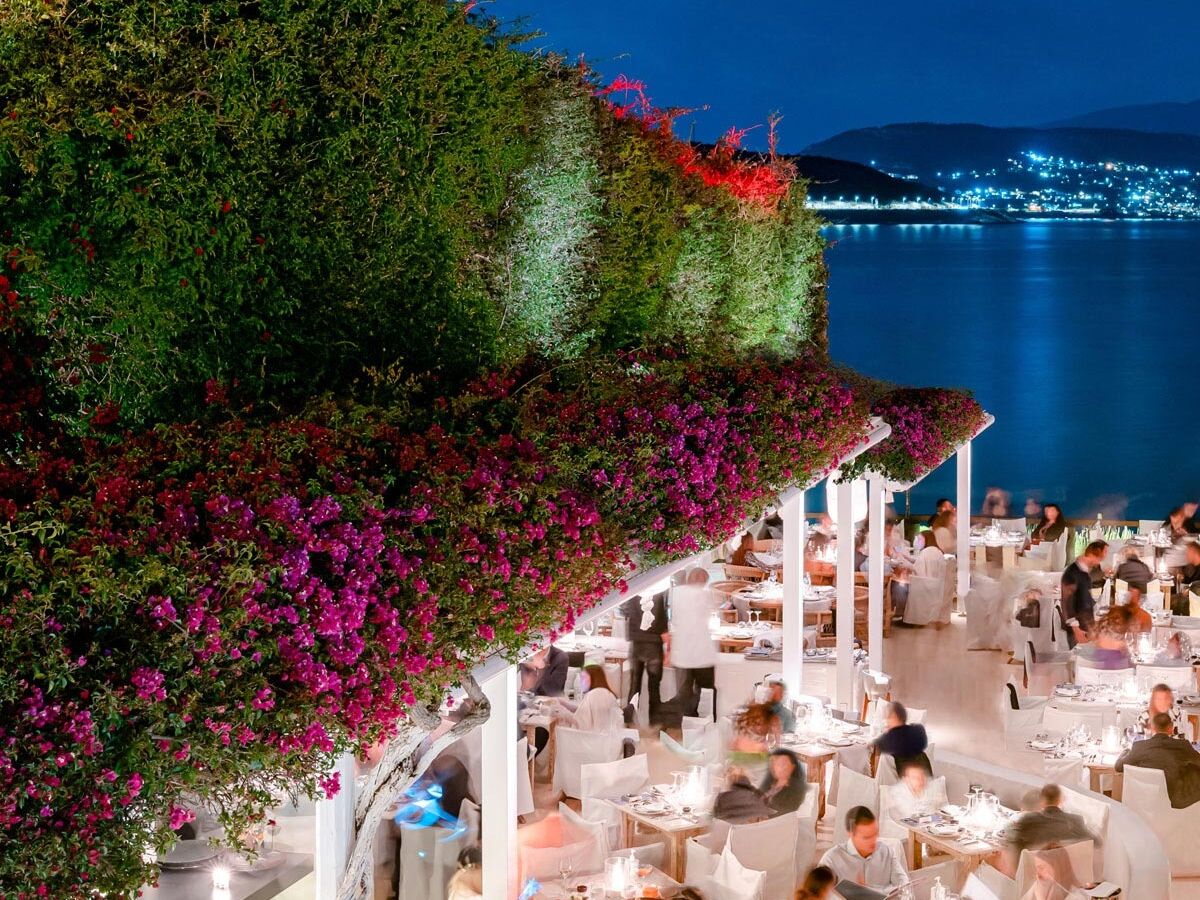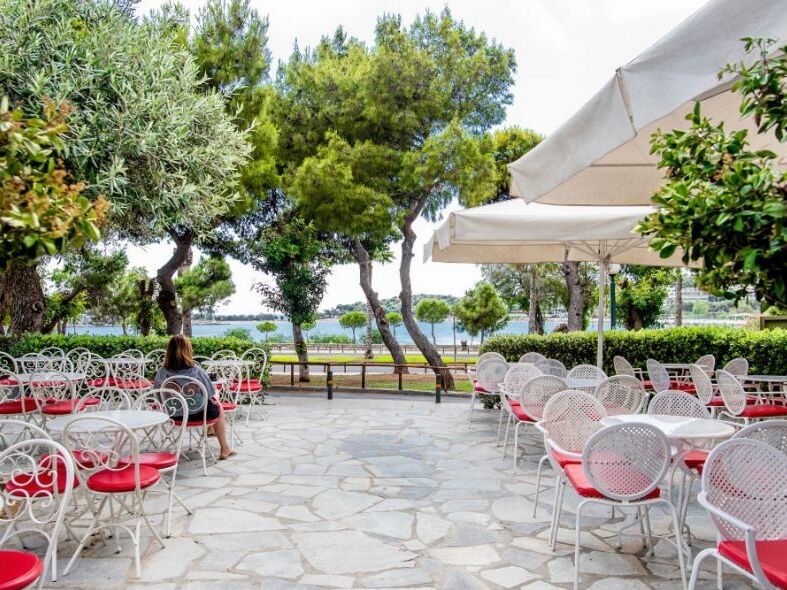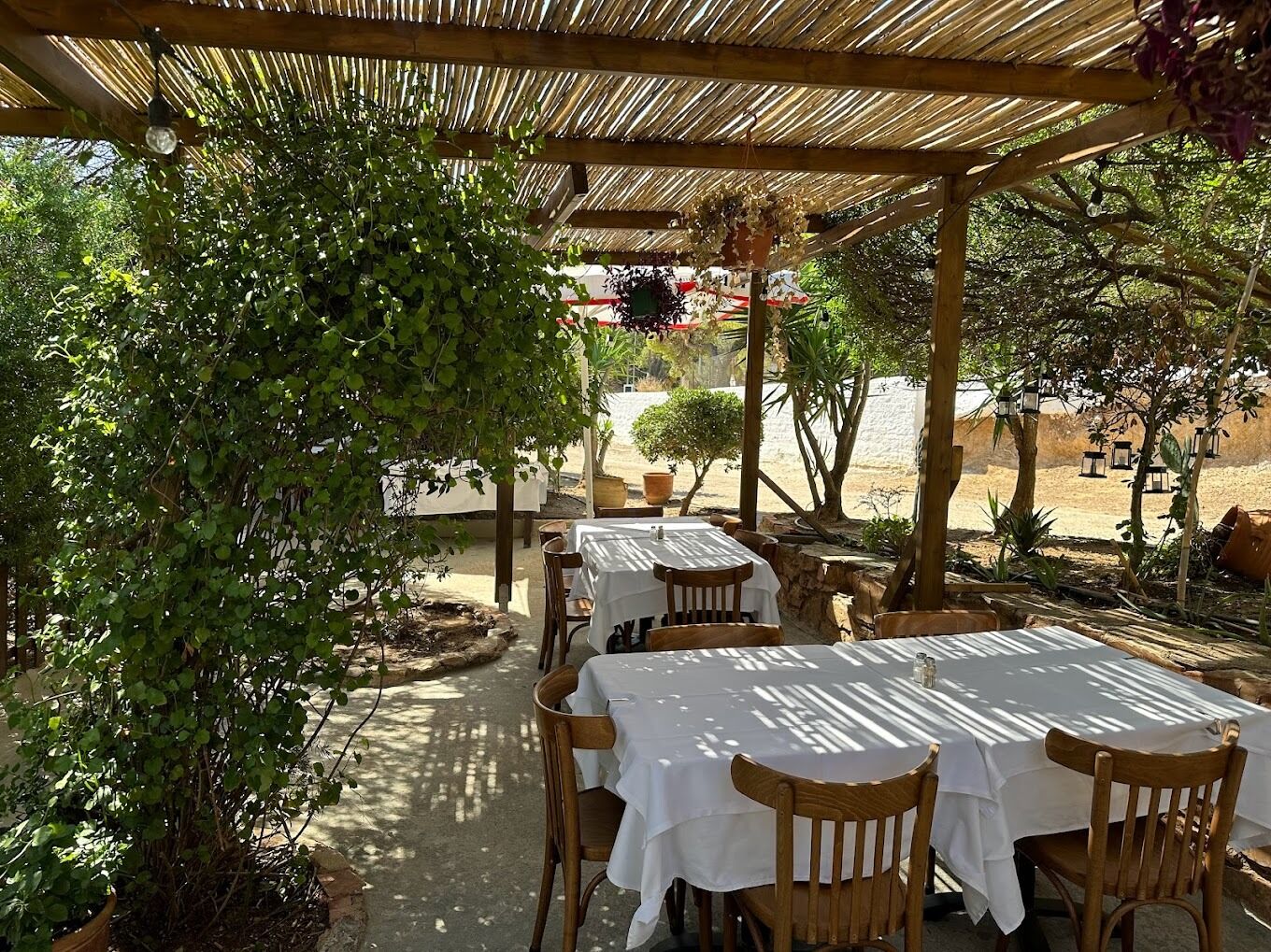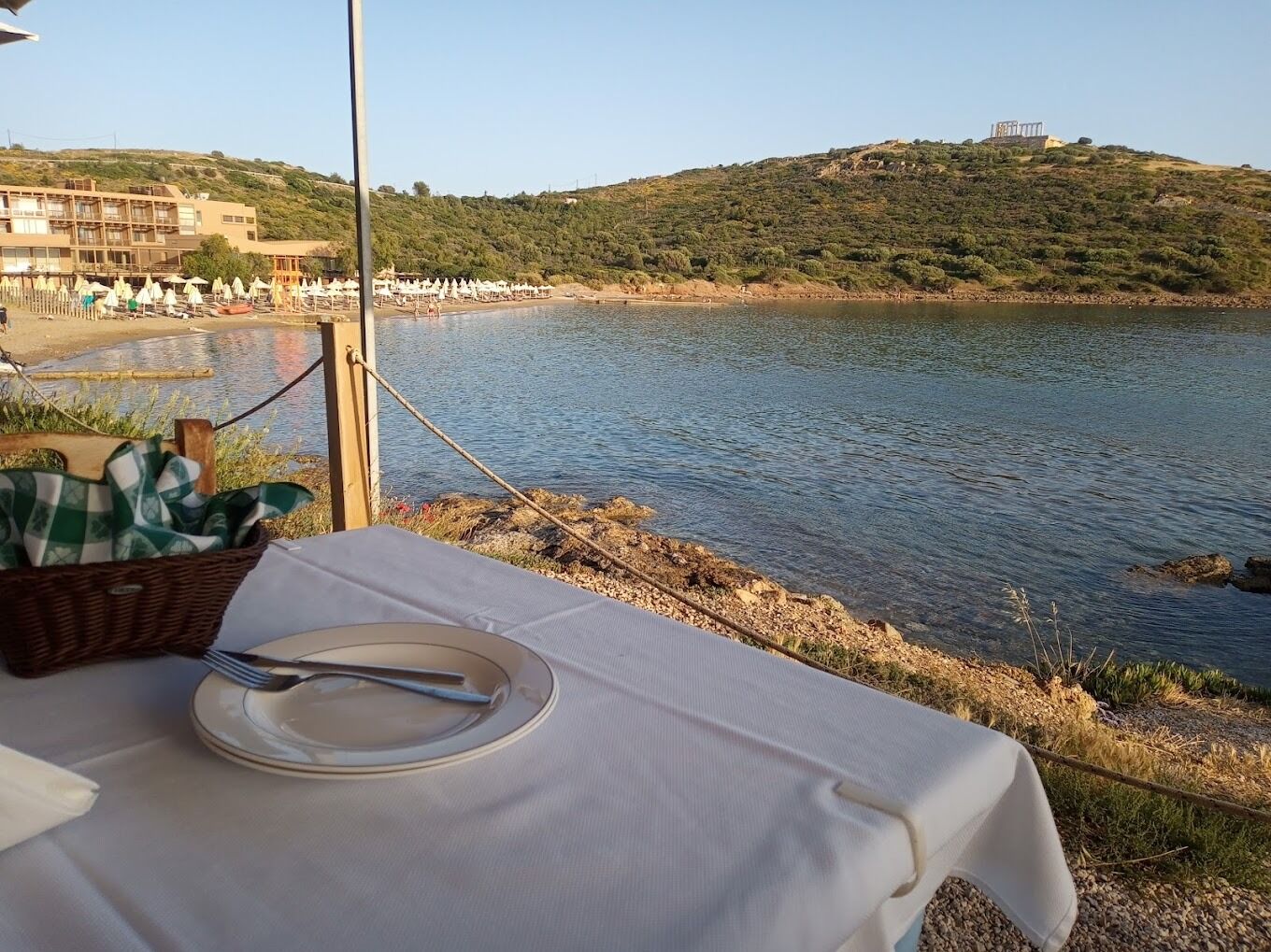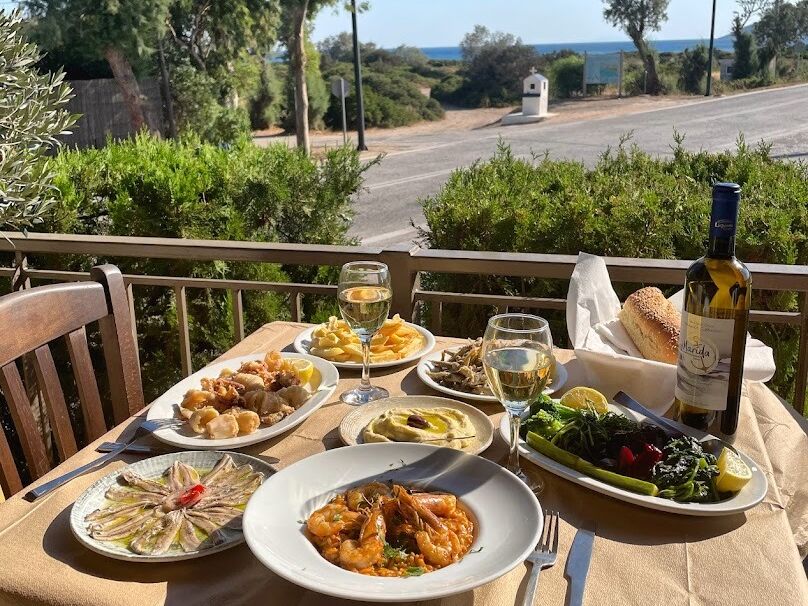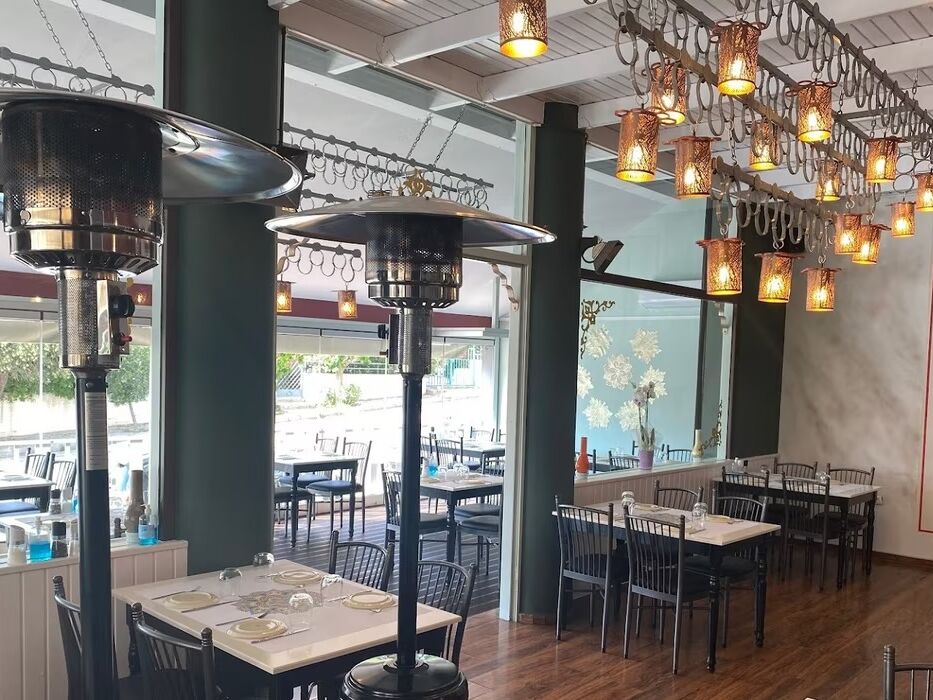
Lynn & Naoki
Lynn & Naoki
Things to Do
SIGHTSEEING IN ATHENS
Acropolis
The Acropolis the most important ancient site in the Western world. Crowned by the Parthenon, it stands sentinel over Athens, visible from almost everywhere within the city. Its monuments and sanctuaries of white Pentelic marble gleam in the midday sun and gradually take on a honey hue as the sun sinks, while at night they
stand brilliantly illuminated above the city.
Entrance: Full 20€ Reduced 10€
Please beware of the temperatures: visiting the Acropolis between 11am and 3pm in August is not a good idea - better to dedicate that time to the Acropolis Museum while the temperature cools down!
Acropolis Museum
This dazzling museum at the foot of the Acropolis' Southern slope showcases its surviving treasures. The collection covers the Archaic period to the Roman one, but the emphasis is on the Acropolis of the 5th century BC, considered the apotheosis of Greece's artistic achievement. The museum reveals layers of history – from ancient ruins beneath the building, to the Acropolis itself, always visible above through floor-to-ceiling windows. Plus: the cafeteria deserves five stars!
Entrance: 5€
Odeon of Herodes Atticus
The Athens & Epidaurus Festival hosts drama, music and dance performances here in summer, and occasionally there are blockbuster pop concerts and other events.
From the Acropolis site, take the path leading West from the top of the Stoa of Eumenes and you will be able to peer down into the Odeon from above. From this vantage point, it looks almost intimate, although it seats up to 5000 people!
Panathenaic Stadium
With its rows of white Pentelic marble seats built into a ravine next to Ardettos Hill, this ancient-turned-modern stadium is a draw both for lovers of classical architecture and sports fans who can imagine the roar of the crowds from millennia past. A ticket gets you an audio tour, admission to a tiny exhibition on the modern Olympics and the opportunity to take a photo on a winners' pedestal. Entrance: 5€
Lycabettus Hill
The 277m summit of Lykavittos – 'Hill of Wolves', from ancient times, when it was wilder than it is now – gives the finest panoramas of the city. Perched on the summit is the little Chapel of Agios Georgios, floodlit like a beacon over the city at night. Walk up the path from the top of Loukianou in Kolonaki, or take the 10-minute funicular railway from the top of Ploutarhou.
Changing of the Guards
The Soldiers of the Presidential Guard stand in front of the Hellenic Parliament on Syntagma Square 24 hours a day, year-round. The guards wear traditional costumes complete with pleated skirts, leg tassels, and pompom shoes.
The Changing of the Guards takes place in front of the Tomb of the Unknown Soldier monument at 11am daily. This monument honors anonymous soldiers who died fighting for the country. The monument features a marble relief that imitates a warrior grave stele of ancient times.
National Garden and Zappeion
Located next to the Greek parliament, the National Garden is a large green space behind the Temple of Olympian Zeus and home to the Zappeion. If you have had enough sun during your day of sightseeing, this is a quiet, shady place to relax and cool off. Inviting trails lead through tall trees and offer a reprieve from the busy streets. It's also a free attraction in Athens.
On the edge of the garden is the Zappeion Hall, which you can enter for a peek inside if it is not in use. It was built in the 1870s and is used for events. Inside the main entrance is an impressive round, open-air hall, lined by columns
Monastiraki Square
Lively Monastiraki is known for iconic landmarks including the ruins of Hadrian’s Library, the Ancient Agora and the rebuilt Stoa of Attalos, with a museum exhibiting Athenian artifacts. Monastiraki Flea Market is a jumble of shops selling artisanal soaps, handmade sandals and souvenir T-shirts.
Plaka
Plaka is without a doubt one of the most picturesque neighborhoods in Athens, with its narrow streets, lovely neoclassical buildings, small cafes, traditional tavernas, souvenir shops and ancient ruins in almost every corner. Plaka is in the heart of the center of Athens, just under the Acropolis hill, yet has a totally different air than the rest of the city center, creating a feeling of nostalgia of the old Athens. Even though it is very commercial and popular with tourists, it is the ideal place to enjoy a nice walk, as there are plenty of things to do and see, while strolling around its small pedestrian streets.
Benaki Museum
The Benaki Museum offers an ideal overview of Greek culture for the visitor in Athens with just a few hours, but has enough depth to be equally rewarding for the connoisseur.
National Museum of Contemporary Art Athens
A gem for art lovers visiting Athens, the National Museum of Contemporary Art addresses some of the biggest issues of our time through the works of leading international and modern Greek artists.
Stavros Niarchos Foundation Cultural Center
A public space, where everyone has free access and can participate in a multitude of cultural, educational, athletic, environmental and recreational activities and events. It includes the Greek National Opera, the National Library of Greece as well as the Stavros Niarchos Park, one of the largest green areas in Athens, covering 21 hectares.
Museum of Cycladic Art
The Museum of Cycladic Art is a living cultural institution in the centre of Athens that focuses on the promotion of the ancient civilizations of the Aegean and Cyprus, with special emphasis on Cycladic art of the 3rd millennium BC.
Basil & Elise Goulandris Foundation
The Goulandris Museum of Contemporary Art displays many of the works amassed by shipowner Basil Goulandris and his wife Elise Karadontis, who died in 1994, with an art collection valued at US$3 billion.
National Gallery
Today, the National Gallery collections comprise more than 20,000 works of painting, sculpture, engraving and other forms of art; this is the treasury of Modern Greek art, encompassing the period from the post-Byzantine times until today. Moreover, the National Gallery owns a remarkable collection of Western European paintings.
SIGHTSEEING IN THE ATHENIAN RIVIERA
Lake Vouliagmeni
These natural hot springs with labyrinthine underwater caves were formed in what was, in prehistoric times, a huge cave. The imposing rock, thermal waters, the labyrinthine underwater tunnels and the lush vegetation now create a unique geological phenomenon. The lake’s present form was created after the roof of the cave fell due to erosion caused by the high temperature of the running water. The stunning emerald waters remain at a temperature between 20 and 29 degrees Celsius all year round. Embraced by red rocks, the lake water gushes from springs 50 to 100 metres deep and is constantly being renewed both by the thermal springs and the sea.
The lake is located 24 km from Syntagma Square, the center of Athens.
General entrance: Weekdays 15€ - Weekends 18€
Cape Sounion
Sounio is the southernmost point of Athens, located 70 km from its center. You can reach it either by car or by taking the suburban bus, called K.T.E.L., from Egyptou square near Victoria metro station (green line, 2 stops from Monastiraki Station). The ticket price is about 6 euros.
Do not miss the great Temple of Poseidon and the smaller temple of Athena, two gods that ancient Greeks used to worship. The archaeological site is open every day from 9:00 am until sunset in the summer months. The regular ticket price is 10 euros and the reduced is 5 euros.
